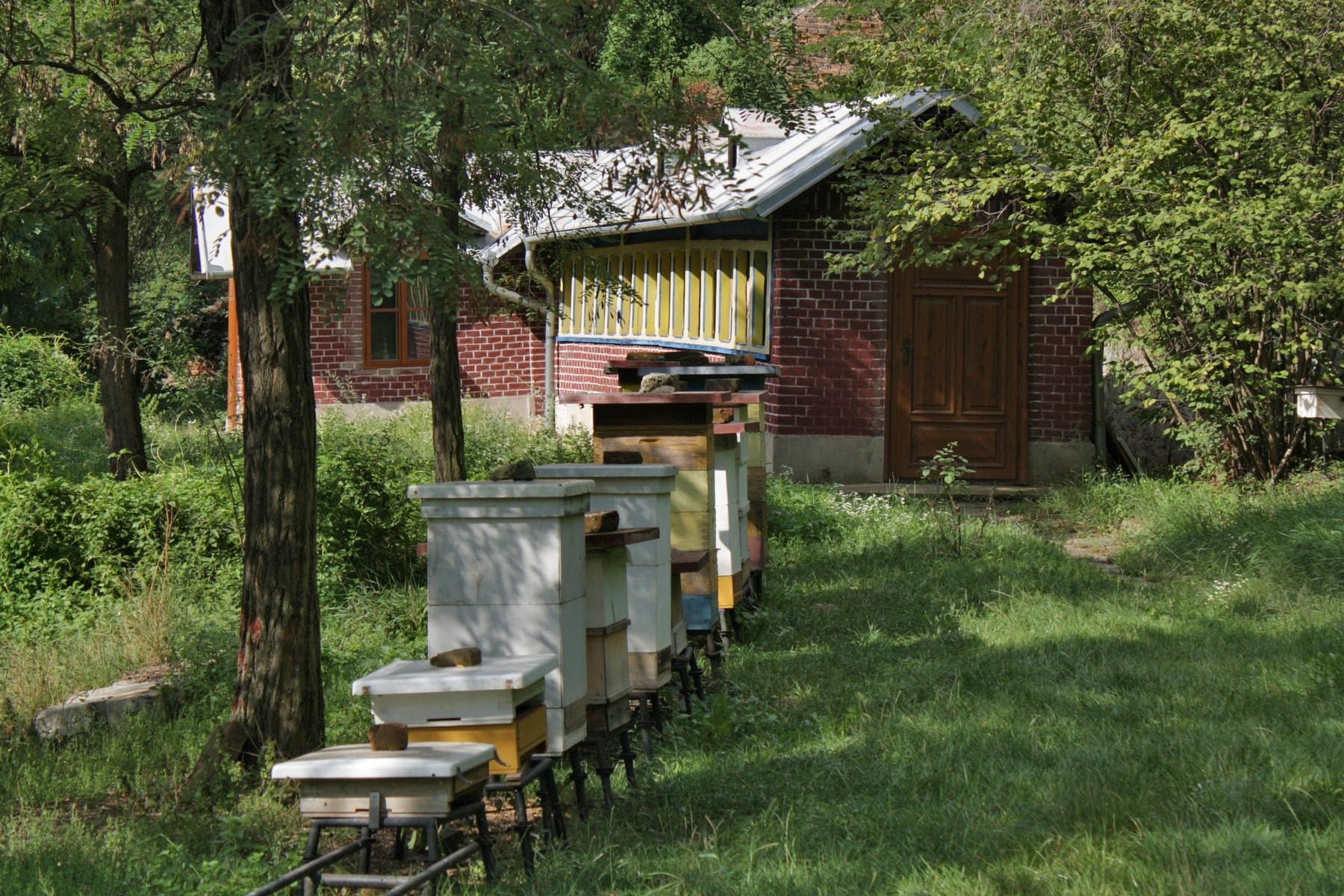Gregor Mendel's Fascinating Life
Here are a couple of interesting things about Gregor Mendel that I did not know, even though I got my B.S. in a building named after him!

Here are a couple of interesting things about Gregor Mendel that I did not know, even though I got most my B.S. in a building named after him!
Gregor Mendel's major work was not adequately recognized in his own lifetime, and his unfortunate selection of a plant-subject for his second round of experimentation on hereditary traits slowed his results in a way that he would never understand. After working with pea plants (work first published in 1865), he pivoted to hawkweed after correspondence with Carl Nägeli. "It never seemed to work; he died frustrated and defeated, believing his life’s work to be irreproducible and therefore meaningless. Of course it was anything but that. What he didn’t know was that hawkweeds have a strange proclivity: they can produce seeds at random without pollination. In other words, they periodically clone themselves instead of reproducing through plant sex, confounding the whole process of studying genetic crossing" (Schlanger 61). That facet of the hawkweed's nature went undiscovered for decades after Mendel's death.

Mendel also kept bees at his monastery, in an apiary that he designed himself in 1871. The apiary survives to this day at his monastery in Brno, which had a beekeeping legacy already. His predecessor as Abbot, Cyrill Knapp, was also a beekeeper who "served as the chairman of a congress of Austrian and German beekeepers that was held at Brno, and he offered accommodations at the monastery for important beekeepers in attendance" (Kritsky). Mendel experimented with beehive structures, but his bees themselves were the real source of drama. He was very fond of them, referring to them as "my dearest little animals", but they were a menace to those around him at the monastery. He bred a hybrid strain of Cyprian and Carniolan bees that were "so aggressive that the abbott told him to destroy them" (Guardian).
The focus of Mendel's work is clear – the study of hereditary outcomes – but it's remarkable to place these different instances in historical context. After his work with the pea plants meets an indifferent audience, he tries again with hawkweed. Then, when that doesn't work out, he breeds bees so angry that they begin to assault his fellow Augustinians! Perhaps those rage-filled bees harassed the friars because of their habits – the black robes are the antithesis of flowers.
Works Cited
The Light Eaters: How the Unseen World of Plant Intelligence Offers a New Understanding of Life on Earth by Zoë Schlanger





